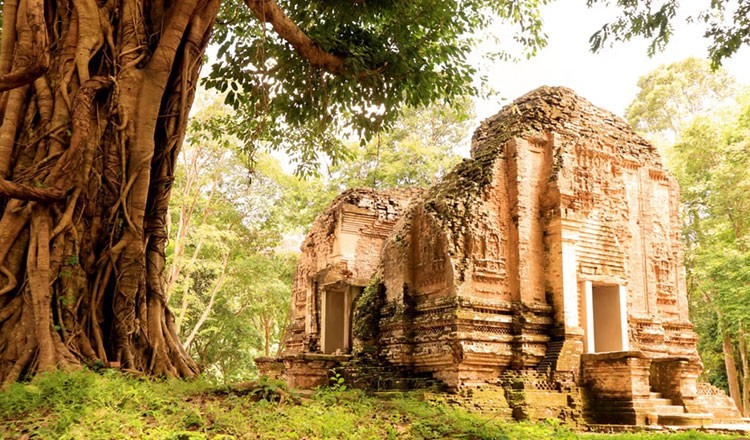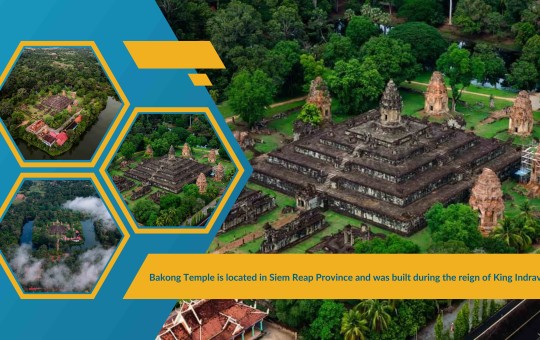
Why visit Sambor Prei Kuk: Cambodia’s smaller Angkor Wat temple complex, lost in the jungle
Angkor Wat has been the largest temple in the world for thousands of years. But while the Angkor complex is the largest of its kind, it is not unique. Sambor Prei Kuk is another excellent example of a temple complex in Cambodia, and it is the older Cambodian city that came before it.
Today Sambor Prei Kuk is one of three UNESCO World Heritage sites in Cambodia and is home to over a hundred temples. Neighbouring Vietnam has its own similar lost Hindu temple complexes such as Mỹ Sơn. Here’s what to know about Sambor Prei Kuk and its history.
Sambor Prei Kuk is older than the much more famous Angkor complex. It dates from the earlier Chenla Kingdom that preceded the Khmer Empire. The ancient Cambodian kingdom existed from around the late 6th century to the early 9th century. It was established by King Isanavarman I as the capital of the kingdom.
The architectural achievements at Sambor Prei Kuk allowed the successor Khmer Empire to stand on the shoulders of giants (as it were) and build Angkor Wat.
The name means “the temple in the richness of the forest” in the Khmer language. Its ancient name was Ishanapura, and it was a moated city linked to the river Stung Sen. It can be considered one of the world’s not-so-lost cities.
The Americans bombed Cambodia during the Vietnam War. Some of the bombs landed in the archaeological area creating craters near the temples.
Sambor Prei Kuk is located north of the modern provincial capital of Kampong Thom. It is around 109 miles to the east of Angkor and around 128 miles to the north of the capital of Phnom Penh.It is best visited as a stop-off on the way to Angkor from Phnom Penh (to save on money, stop in Kampong Thom and look for a local guide there). Cambodia is one of the most budget-friendly countries to visit, and the guided tours are normally affordable.
Sambor Prei Kuk is one of the many ‘lost’ cities of Southeast Asia (Angkor is just the most impressive and most famous). Today the ruins remain in subtropical forests but lack the masses of tourists that frequent Angkor Wat.
The best way for first-time visitors to explore ancient sites is with a guided tour (otherwise most visitors will not be able to understand the relevance of what they are seeing or be able to bring the ruins to life). There are guided tours from both Phnom Penh and Siem Reap (where Angkor Wat is). The Travel




